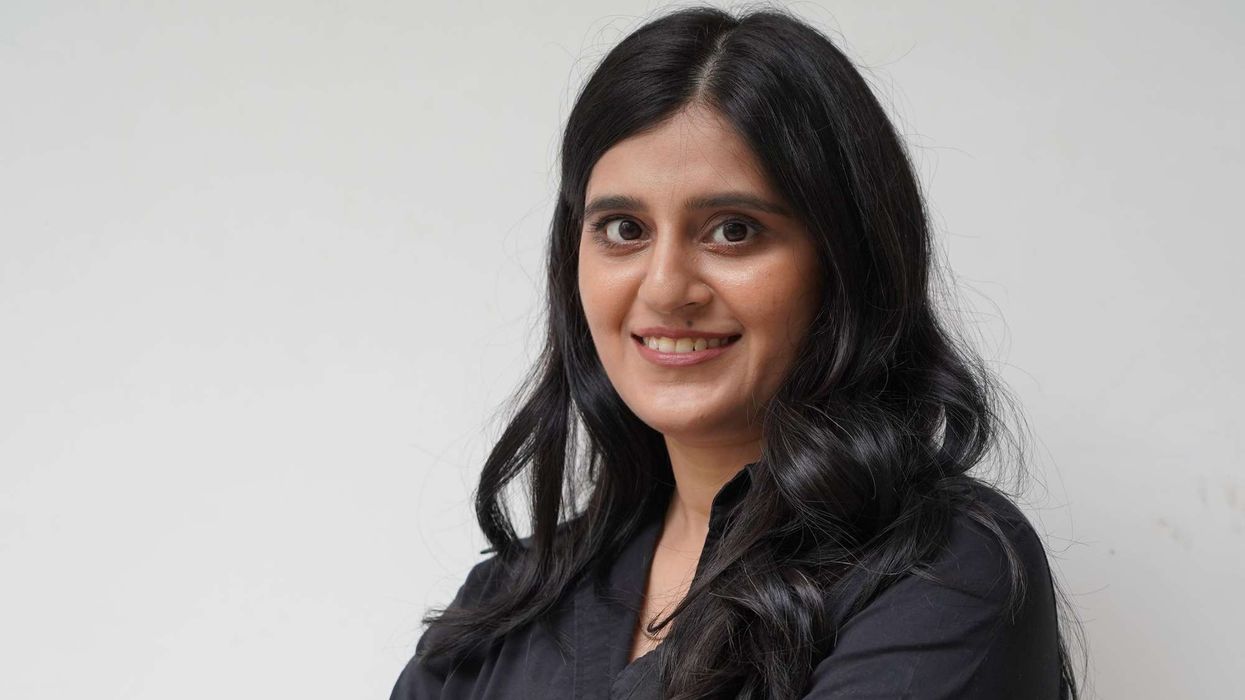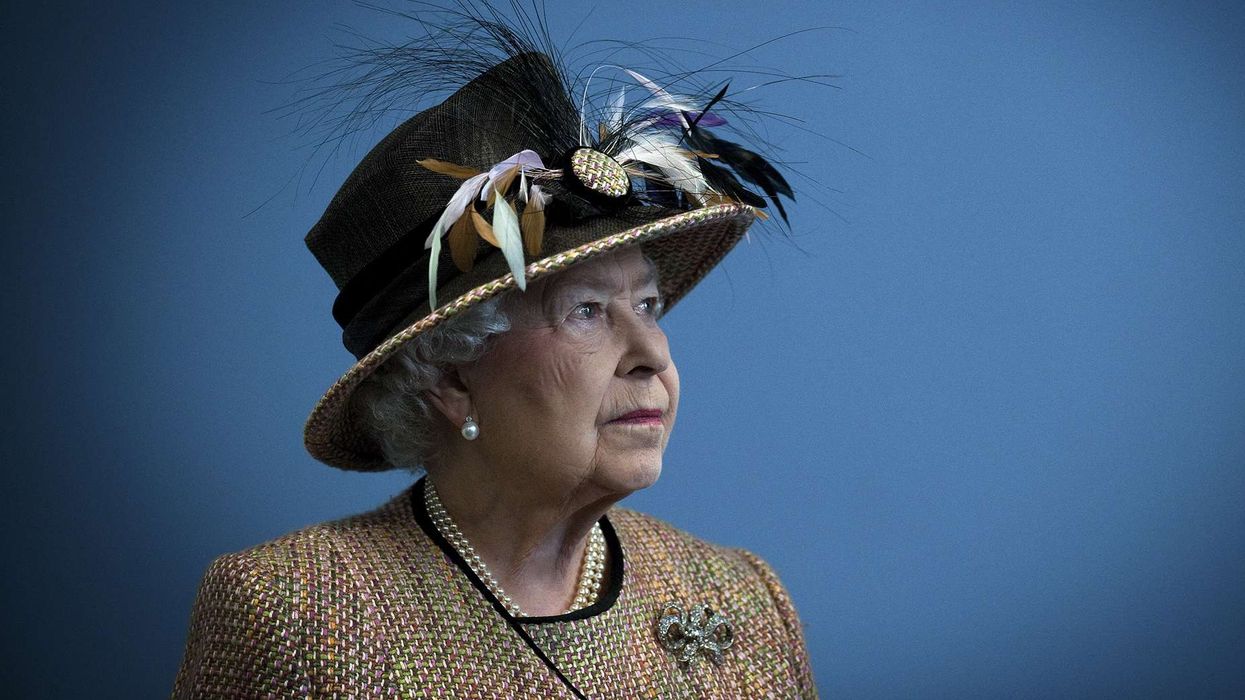Let’s be real! Most of us don’t have a team of trainers, personal chefs, or a cryotherapy chamber in our walk-in closets. But that doesn’t mean we can’t borrow a few A-list wellness tricks without selling a kidney for them.
Lately, one trend has been dominating celebrity wellness chatter: Ozempic. The diabetes-turned-weight-loss drug has become Hollywood’s worst-kept secret, with everyone from award-winning actors to reality stars reportedly using it to get snatched. But while Ozempic is having its moment, it’s not the only wellness hack stars swear by.
After all, if Hailey Bieber can make glazed donut skin a thing and Jennifer Aniston can still look like she’s 35 while eating pizza (thank you, intermittent fasting), there’s got to be some magic we can swipe.
So, here are 5 celeb-backed wellness hacks that won’t require a Hollywood budget, maybe just a little shameless copying.
“Hollywood’s worst-kept secret” hack: Ozempic (Semaglutide/Wegovy)
Celeb Fans: Honestly? Literally everyone at award shows
The reason half of Tinseltown suddenly looks like they’ve been sculpted by AI? This diabetes medication that just so happens to melt body fat by suppressing appetite. It’s controversial, expensive, and not exactly risk-free (because hello, nausea and muscle loss), but that hasn’t stopped celebs from treating it like the ultimate cheat code.
Steal It: Unless prescribed by a doctor, maybe just… eat protein, move your body, and drink water? I know, revolutionary!
These are five global wellness hacks that celebs swear by (besides Ozempic) and how you can steal them for yourself!
1. The “freeze your stress away (literally)” hack: Cryotherapy
Celeb Fans: LeBron James, Cristiano Ronaldo
Nothing screams I take my recovery seriously like willingly standing in -200°F for three minutes right? Athletes and A-listers swear cryotherapy reduces inflammation, speeds up muscle recovery, and somehow boosts mood. The science is still catching up, but hey, if it’s good enough for Ronaldo, it’s worth a shot.
Steal It: Not ready for a full-body freeze? Try an ice bath or, you know, just splash cold water on your face like a normal person.
2. The “I’m not actually detoxing, but it feels fancy” hack: Infrared saunas
Celeb Fans: Lady Gaga, Selena Gomez
Infrared saunas are basically high-tech sweat lodges that claim to detox your body, improve circulation, and help with muscle recovery. Do they actually remove toxins? Nope because that’s what your liver is for. But they do feel incredibly luxurious, and sweating it out does leave you glowing and that is a fact!
Steal It: No £5,000 sauna at home? No problem. Many gyms and spas offer sessions for £30-£50. Or just sit in a steaming hot shower and pretend.
3. The “Gummy vitamins but make it glam” hack: Reproductive health gummies
Celeb Fans: Kourtney Kardashian
Because guys swallowing pills is so 2010. These chewy little supplements promise hormonal balance, fertility support, and cycle regulation, all packed with ingredients like folic acid and chaste berry. Kourtney swears by them, and if she’s selling it on Poosh, it must be legit… right?
Steal It: Read the labels before buying. Or just eat actual nutrients and take a multivitamin but where’s the fun in that?
4. The “Eat like a Roman Emperor (but with coffee)” hack: Intermittent fasting
Celeb Fans: Hugh Jackman, Jennifer Aniston
IF isn’t new, but it’s still a celeb favourite. The idea? Eat in a set window (say, 8 hours) and fast for the rest, supposedly boosting metabolism and helping with weight control. The reality? It works for some, but for others, it just leads to hangry decisions at 2 PM.
Steal It: Start small like try a 12-hour fasting window before diving into 16:8. And if skipping breakfast makes you miserable, maybe don’t.
5. The "Become a human cyborg" hack: Biohacking
Celeb Fans: Elon Musk, Bryan Johnson
Why just exist when you can optimise? Biohacking is all about tweaking your body like it’s a software update like tracking glucose levels, using nootropics for brain power, and even experimenting with gene editing (yikes). Some of it’s legit (like sleep tracking), while other parts (implanting microchips in your hand?) might be best left to the sci-fi movies.
Steal It: Start simple. Maybe start by tracking your sleep, try meditation, or take a cold shower. No need to turn into a robot just yet.
One thing we need to understand is that these celebrities have the luxury of experimenting with every wellness fad under the sun, but the real secret? Most of them stick to the basics like good sleep, hydration, movement, and stress management.
So, before you freeze yourself or swallow a $200 supplement, ask: Would this actually improve my life, or just my Instagram aesthetic?
For now, go drink some water, take a walk, and maybe light a candle (because vibes) and trust me you’re already winning.













